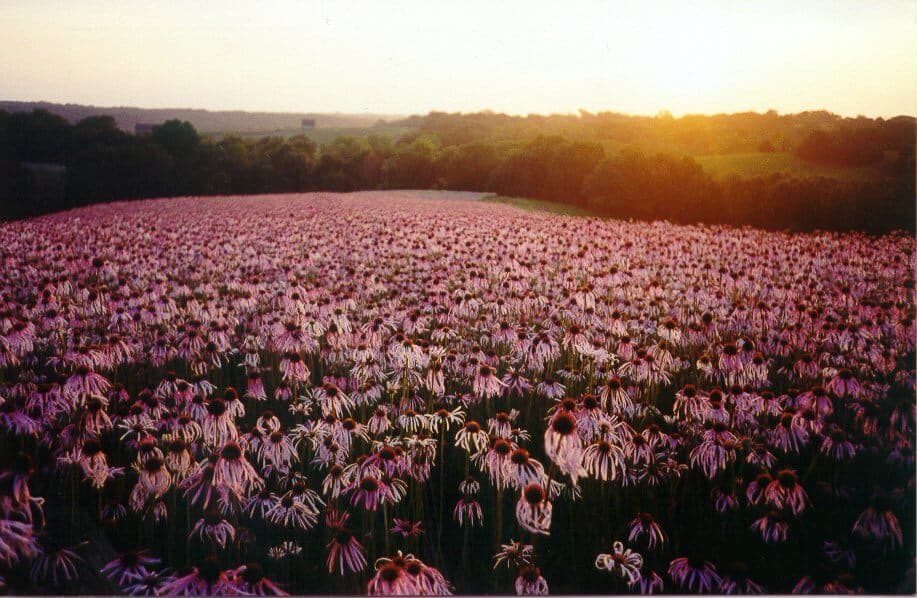Wildflowers are a great addition to any landscape. Not only are they colorful and beautiful, they’re also good for the environment! Wildflowers attract pollinators, are adaptable to many environments and climates, regulate air quality and are generally self-sustaining, which makes them easy to manage.
There are many wildflower varieties that are easy to establish and maintain as a beginner. As you start to become more comfortable in your garden, you can work your way up to more advanced wildflower species.
TIP: Keep in mind that the price of wildflower seeds directly relates to their level of difficulty to grow.
Preparation
Before you venture into the world of wildflowers, proper research and planning are the keys to success. Here are a few steps we recommend for best results:
- Evaluate how comfortable you are with managing and maintaining plants. Your management skills should be factored in when deciding which wildflowers you may want to plant. Try out our Product Finder to determine which types of wildflowers will work best for you.
- Research the recommended planting seasons and growth regions involved for the various species you’re interested in. To maximize your success when it’s time to plant, consider your geography and climate and choose a spot that will receive the right amount of sunlight.
- Remove any existing growth and debris where you are going to plant your flowers. You want to clear the way for your new addition and provide a healthy environment for growth and establishment. This may also require tilling the soil or raking the area until it’s smooth.
- Be aware of what plants exist or were present on your site prior to planting wildflowers. Non-desirable broad leaves or aggressive annual grasses will create issues for new plantings of any kind, especially slower establishing or later emerging species.
TIP: If you’re looking for wildflowers that are very easy to establish and maintain, find ones that are native to your region.
Planting
Before you plant any seed, remember to check the season(s) that works best for establishing the wildflowers you’ve chosen. Spring and fall are popular seasons to plant wildflowers due to mild temperatures and increased rainfall. Additionally, many species of wildflowers go to seed in the fall, meaning they drop their seeds to “reseed” themselves naturally.
To sow wildflowers, you can either choose to hand-sow or use a crank-style seeder. Either option will work great for planting wildflowers and each offers its own pros and cons. When planting, many gardeners prefer to sow more than the minimum to ensure a dense, gorgeous bloom. Once your seeds are evenly sown, you can rake back over the seed with your garden soil.
TIP: Many gardeners add sand or vermiculite to their seed to aid in even distribution and to also better visualize areas of ground that have already been covered in the seed mixture.

Maintaining
“Low-maintenance” wildflowers don’t mean “no-maintenance” wildflowers. You will need to continue to remove any weeds that grow and supply supplemental water if your region experiences dry spells. Additionally, your wildflowers may require annual mowing that will help disperse and germinate seeds. If the species present in your landscaping do not drop seed, they may also require reseeding over time to maintain a lush and colorful landscape.
Check out some of our most popular wildflowers for all levels of gardening experience:
Beginner
Intermediate
Advanced
Specialty








